Are you interested in mastering the thrilling art of breakdancing, specifically its 3-step technique? Well, you’re in luck because we’re here to guide you through it all! Have you ever watched dancers twirl energetically on their heads or hands, executing mesmerizing poses while balancing on their arms, elbows, or even their heads? If so, then you’ve witnessed the captivating dance form known as breaking.
Now, if you’re itching to delve into the world of breaking and learn the basics of breakdancing, there’s no time like the present! Grab yourself a refreshing bottle of water, slip into some comfy attire that allows for unrestricted movement, cue up some infectious breakbeats, and let’s embark on this exhilarating journey together!
About breaking in general
Definition
What is breaking? Breaking, also known as breakdancing to most folks, isn’t just your average dance style. It’s a vibrant, athletic form of street dance that first emerged in the bustling streets of New York City during the early 1970s. Back then, it was embraced by African American and Puerto Rican communities, adding a burst of energy and creativity to the urban landscape.
Now, breaking isn’t just about fancy moves; it’s a core component of the broader Hip-Hop culture, alongside:
- DJ-ing
- Emceeing
- Graffiti
It’s like one of the building blocks that make up the whole picture. Picture it like this: if Hip-Hop culture were a pizza, breaking would be one of the essential toppings!
So, what sets breaking apart? Well, it’s all about the beats. Breakdancers groove to songs with intense drum breaks, especially those found in:
- Hip-hop
- Funk
- Soul
- Breakbeat music.
What is breakbeat music? Breakbeat music is like a musical mixtape, blending together elements from jazz, funk, and R&B to create something entirely new and exciting.These drum breaks are then looped, sliced, and manipulated to create new rhythmic patterns. Breakbeat music emerged in the 1970s and gained popularity in the 1980s and 1990s, particularly within the electronic music and dance music scenes.
Now, let’s talk about the dancers themselves. You might hear them referred to as breakdancers, breakers, or even b-boys and b-girls. The ‘b’ in these names stands for ‘break,’ showcasing their connection to the breaking style. So, breaking can also go by the names of b-boying or b-girling. It’s like they’ve got their own special lingo!
History
Let’s dive into the exciting journey of break dancing, which began to take shape in the late 1960s and early 1970s, thanks to the pioneering efforts of Afrika Bambaataa.
Back then, Bambaataa, a renowned disc jockey, record producer, and visionary, saw an opportunity to channel the energy of Bronx street gangs in a positive direction. Instead of resorting to violence with guns and knives, he encouraged them to settle their differences through dance battles, showcasing their skills and creativity on the dance floor.
Break dancing truly exploded onto the scene when groups like the Rock Steady Crew and the Electric Boogaloo Lockers burst onto the streets of New York City. With their mesmerizing hand glides, backspins, windmills, and headspins, they captivated audiences and set a new standard for break dancing, making it a global sensation.

Throughout the 1980s and 1990s, break dancing continued to gain popularity worldwide. It found its way into movies (such as Wild Style in 1983), musical theater productions, and even music videos, exposing it to a broader audience. Meanwhile, enthusiasts in Europe and Asia put their own unique spins on break dancing, adding new moves and styles to the mix, further enriching its cultural tapestry.
Breaking has become more than just a favorite in pop culture. Its popularity soared to new heights when it made its debut at the Youth Olympic Games held in Buenos Aires back in 2018. This historic moment marked the beginning of breakdancing’s journey onto the Olympic stage.
The success and positive reception of breaking at the Youth Olympic Games caught the attention of Olympic organizers. They recognized the immense appeal and athleticism of breakdancing and decided to include it as a new sport in the lineup for the 2024 Summer Olympics in Paris.
- Imagine the thrill as 16 talented male and 16 equally skilled female breakdancers from around the world prepare to showcase their moves on one of the world’s most prestigious stages.
- Each dancer will engage in intense one-on-one battles, displaying their agility, creativity, and flair for the art form.
This groundbreaking decision to include breaking in the Olympics reflects its growing significance and recognition as a legitimate sport. It provides a platform for breakdancers to demonstrate their skills to a global audience, inspiring future generations and further cementing breaking’s place in the world of sports and entertainment.
Different aspects of breaking
Hey, did you know that breakdancing is more than just dancing on the ground? It’s actually a pretty intricate style made up of four main parts: toprock, footwork, power moves, and freezes. When breakers get into the groove during a battle or cypher, they usually mix and match these elements to the beat of the music. Let’s take a closer look at each one and see what makes them unique!
Top Rocks
Imagine a b-boy or b-girl standing tall, moving their feet rhythmically while adding some stylish hand and arm movements. That’s what we call a top rock! It’s the starting point for many breakdancers, where they showcase their unique style, rhythm, flexibility, and coordination. Top rocks aren’t just about looking cool; they also help dancers ease into the more challenging acrobatic moves like footwork and power moves.
Some famous top rock moves include:
- The Indian Step
- The Crossover Step
- The Side Step
Footwork/Down Rock/Floor Work
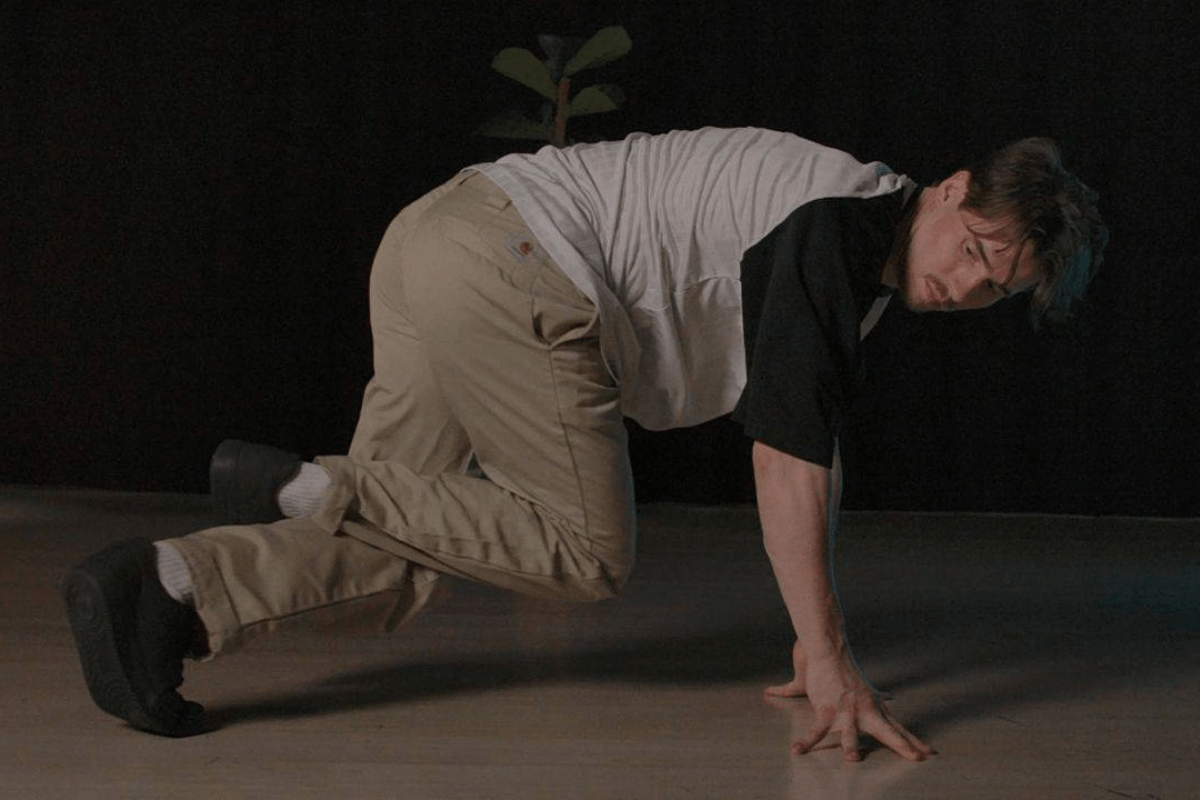
Now, let’s take it down to the floor with footwork, also known as down rock or floor work. Picture a b-boy or b-girl grooving on the ground, supported by their hands and feet as they display their fancy footwork. This floor-based dancing showcases their speed, control, and the ability to string together complex footwork combinations.
Footwork isn’t just about showing off; it’s also a key element for transitioning into more explosive moves like power moves. Plus, it lays the foundation for other floor-based techniques like windmills and flares, adding depth and excitement to a dancer’s repertoire.
For beginners looking to get started with footwork, popular moves include the 6-step, along with variations like
- The 2-step
- The 3-step
- The CC (Crazy Commando)
- The Coffee Grinder.
Power Moves
B-boys and b-girls busting out energetic, dynamic moves that showcase their strength and speed. That’s what power moves are all about! These athletic and acrobatic dance moves are the highlight of a breaker’s performance, featuring explosive rotations while balanced on their hands, head, elbows, shoulders, or back.
Power moves are like the fireworks of breakdancing, grabbing everyone’s attention with their fast-paced and gravity-defying spins. Some popular power moves include
- Windmills
- Air Flares
- Head Spins
Freezes
Now, let’s talk about freezes—the moments when b-boys and b-girls hit the pause button on their movements and strike a pose that requires incredible strength and balance. It’s like they’re frozen in time, showcasing their agility and control in a challenging position.
Freezes serve as punctuation marks in a dancer’s routine, highlighting key moments in the music or bringing their performance to a dramatic close. These poses often involve twisting and contorting the body, with breakers balancing on their head, arms, shoulders, back, or elbows.
Popular freezes include:
- The Elbow Freeze
- The Baby Freeze
- The Chair Freeze.
How to do the 3-step
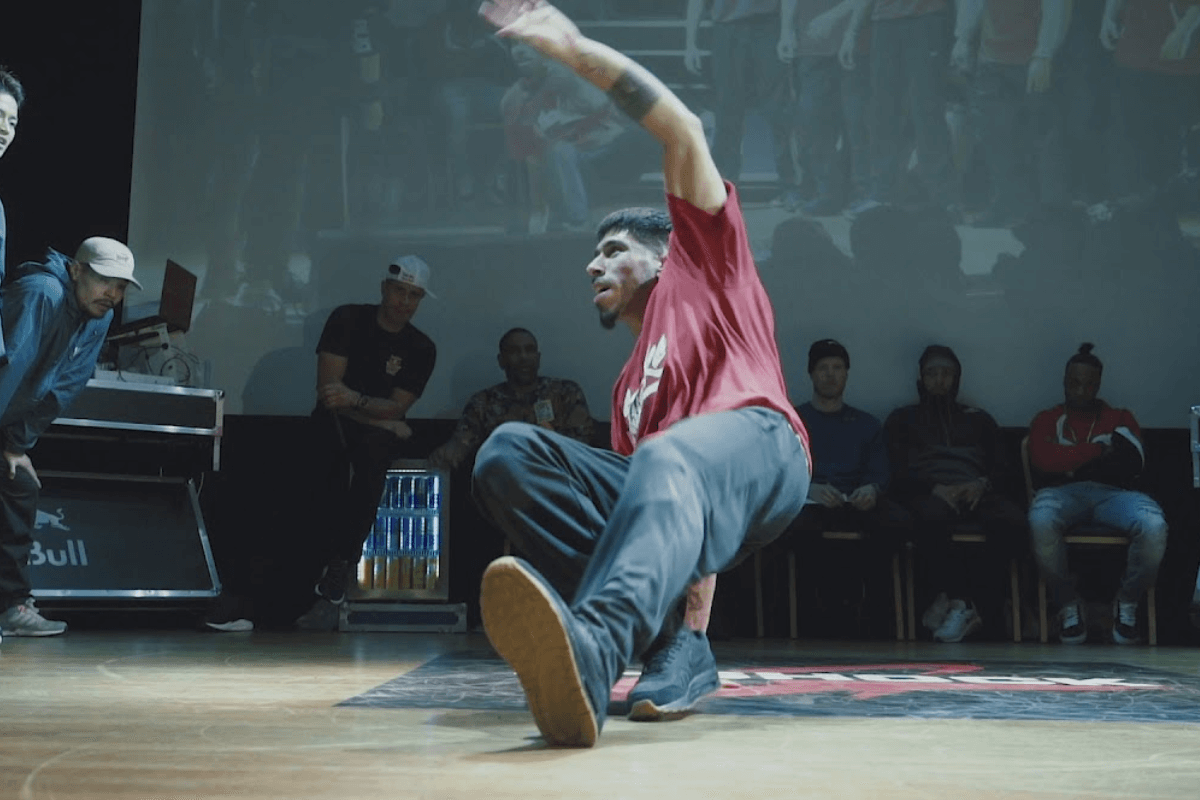
Step-by-step tutorial to do the 3-step
Let’s delve into the foundational footwork move of breakdancing known as the 3-Step. This simple yet essential move involves three steps and is perfect for beginners looking to get into breakdancing. So, let’s break it down step by step:
- Starting Position: Begin in a squatting position, facing the front or twelve o’clock position. This is where your adventure with the 3-Step begins.
- First Step: Extend your right leg out while keeping your left leg bent. Support yourself by placing your right arm on the ground to the right side.
- Second Step: Now, switch legs! Kick your left leg out while bringing your right leg underneath you in your squat. Your right arm still supports you on the right side.
- Third Step: Transition smoothly by bringing your right arm over to your left side, placing both hands on the ground.
- Jump into Push-up Position: Take a leap! Propel yourself into a push-up position with your legs extended behind you and your body facing the nine o’clock position.
Congratulations! You’ve completed the basic 3-Step in a clockwise motion. But wait, there’s more to it!
- Adding the Next Steps: After landing in the push-up position, lift your left arm up and balance on your right arm. Kick your right leg out to the back (six o’clock position) while still squatting on your left leg.
- Continue the Switch: Switch legs once again! Kick your left leg out while bringing your right leg underneath you in the squat position. Your right arm still supports you.
- Final Moves: Swing your right arm over to your left side and support yourself with both hands on the ground. Now, jump into the push-up position once more, with both legs kicked out behind you and your arms supporting you beneath yourself. Your body should face the twelve o’clock position.
Voila! You’ve mastered the 3-Step in a clockwise motion. With practice and dedication, you’ll soon be flowing effortlessly through this fundamental breakdancing move, setting the stage for even more exciting dance adventures ahead!
Tips for the perfect 3-step
Here are some tips to enhance your 3-Step move:
- Stay on your toes and balance on your fingertips instead of placing your palms on the ground. It might feel tricky at first, but it helps you stay light on your feet and agile.
- When you jump into a push-up position, keep your legs spread apart, either at shoulder-width or even wider. This adds flair to your move and makes it look more dynamic.
Once you’ve known he basics, check out this YOUTUBE video below on how to your 3-Step to explore further detailed instruction. Explore different variations and add your own personal style once you feel confident with the move!
Author Profile
Latest entries
 Break DanceAugust 26, 2024ULTIMATE AIRFLARE TUTORIAL (2024) – COACH SAMBO
Break DanceAugust 26, 2024ULTIMATE AIRFLARE TUTORIAL (2024) – COACH SAMBO Break DanceAugust 26, 2024BEST WINDMILL TUTORIAL – COACH SAMBO – HOW TO BREAKDANCE
Break DanceAugust 26, 2024BEST WINDMILL TUTORIAL – COACH SAMBO – HOW TO BREAKDANCE Break DanceAugust 26, 2024BEST AIRFLARE TUTORIAL – BY SAMBO – HOW TO BREAKDANCE (#6)
Break DanceAugust 26, 2024BEST AIRFLARE TUTORIAL – BY SAMBO – HOW TO BREAKDANCE (#6) Break DanceAugust 26, 20245 BEGINNER FREEZES – HOW TO BREAKDANCE – BY COACH SAMBO
Break DanceAugust 26, 20245 BEGINNER FREEZES – HOW TO BREAKDANCE – BY COACH SAMBO

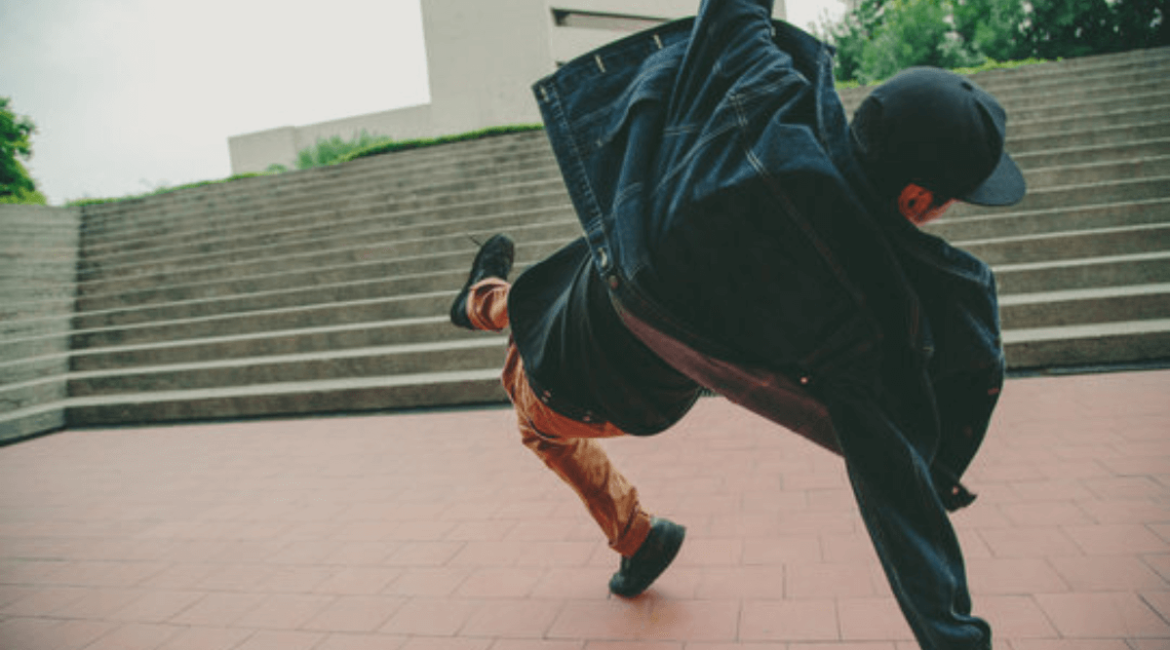
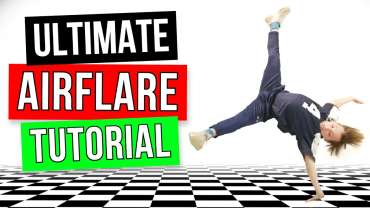


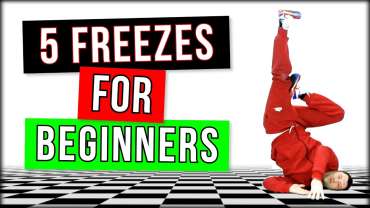
Leave a reply